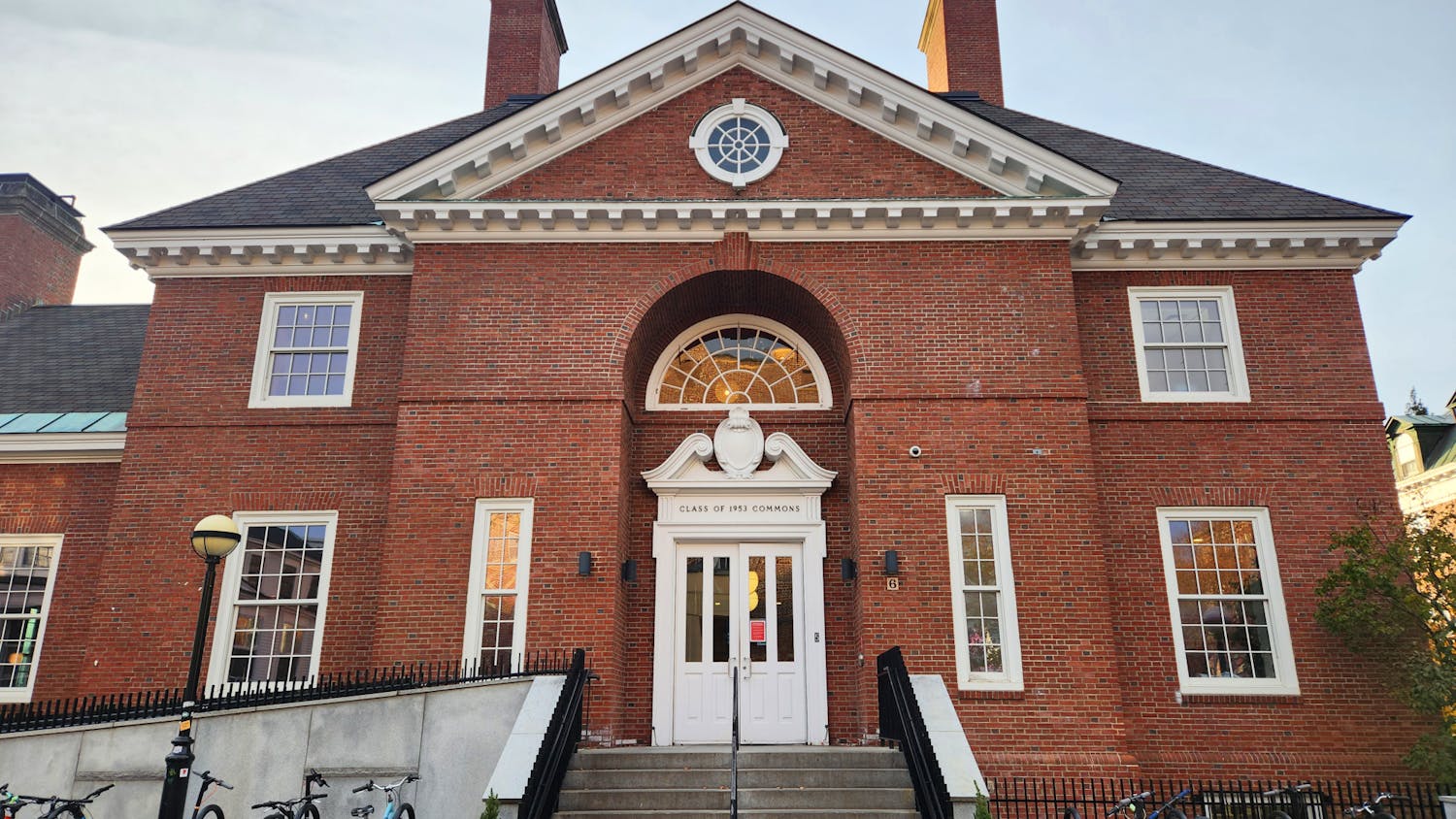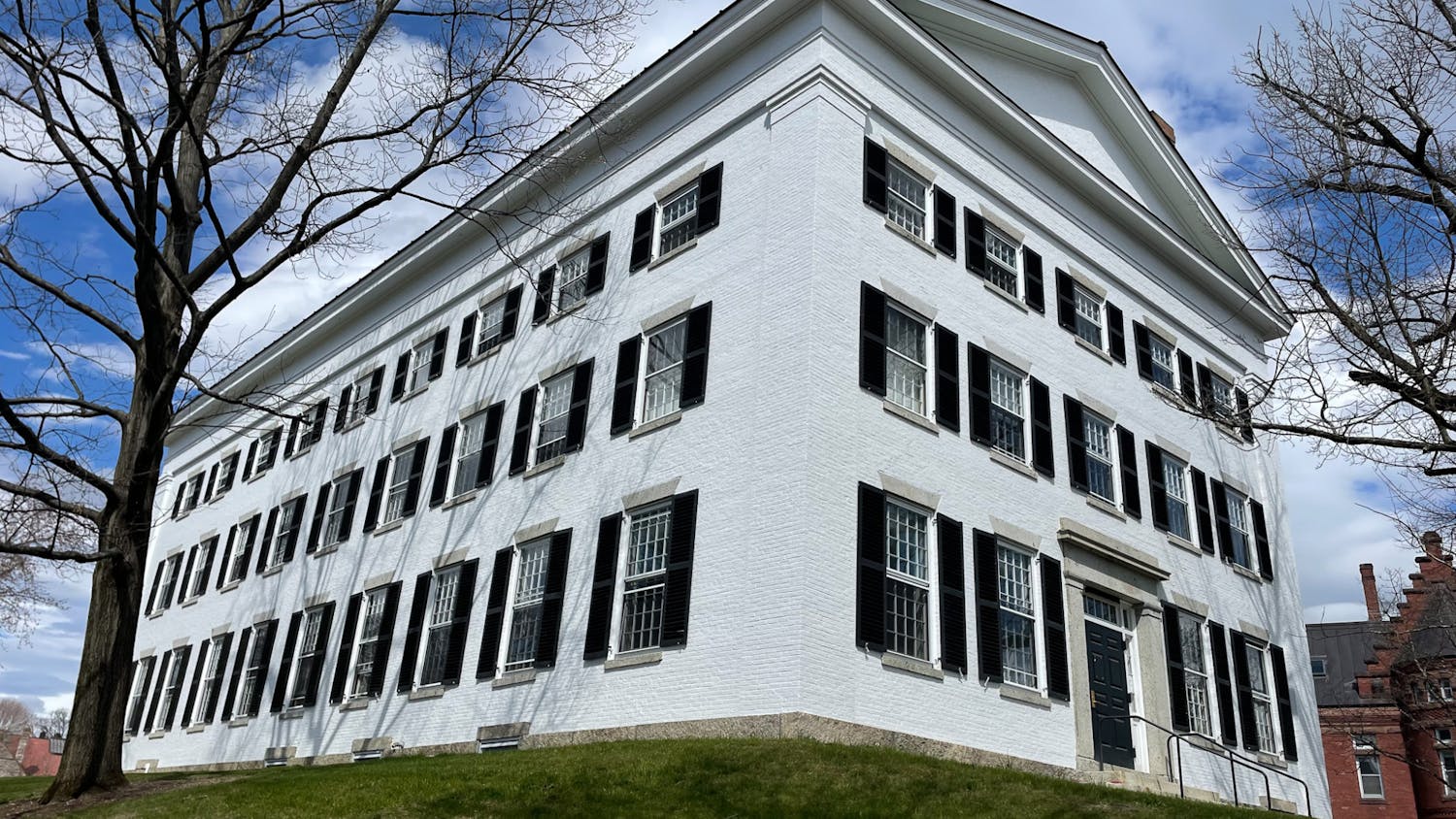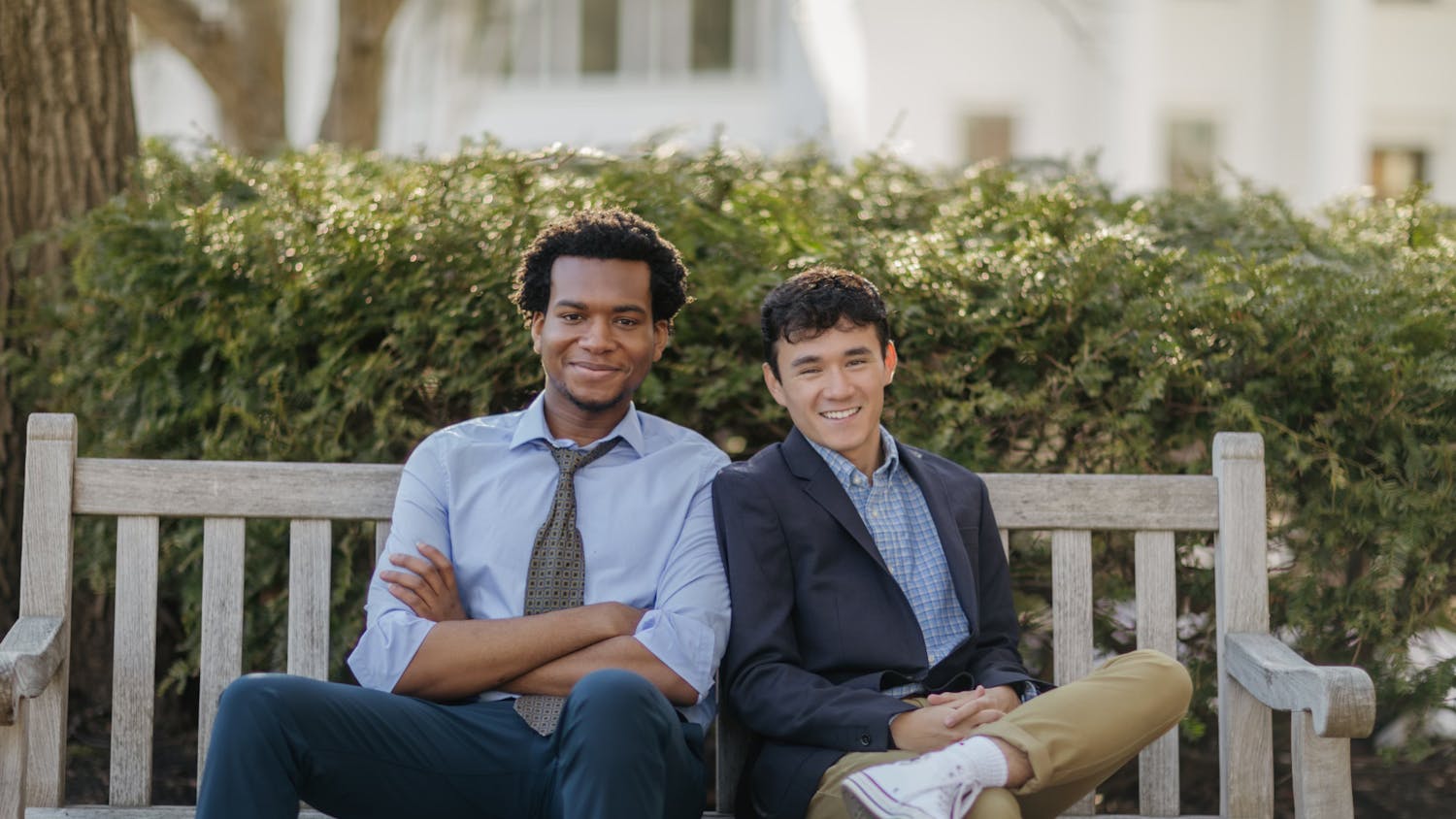Dartmouth has achieved its goal of securing $100 million in philanthropy to establish ten new interdisciplinary groups of faculty members, called “academic clusters,” by the end of 2015. The clusters will focus on crucial world challenges such as global health, poverty and cybersecurity. The endowment was secured in 20 months time, due to three final gifts given in December.
The College will match $5 million per cluster, which will be taken from the $100 million gift given to Dartmouth in 2014 to support research, programming, travel and related activities. The full $150 million investment will expand interdisciplinary research, create new courses and offer experiential learning opportunities.
The 10 clusters are titled: “Breaking the Neural Code,” “The Jack Byrne Academic Cluster in Mathematics and Decision Science,” “The Challenges and Opportunities of Globalization,” “Meeting the New Challenges of Cybersecurity,” “Digital Humanities and Social Engagement,” “Global Poverty Alleviation and Human Development,” “Artic Engineering in a Period of Climate Change,” “The Susan J. and Richard M. Levy 1960 Academic Cluster in Health Care Delivery,” “The William H. Neukom Academic Cluster in Computational Science” and “Personalized Treatments for Cystic Fibrosis.”
Provost Carolyn Dever said that fifteen proposals were ultimately selected, with ten now being completely funded. The final five proposals are waiting on funding and development.
The $100 million in gifts, which included 14 multi-million alumni donations, will endow three faculty positions in each cluster, or 30 new positions total, with the hope of attracting faculty at the forefront of their fields.
Dever called the new clusters a “game changer” when recruiting new faculty.
“Smart people want to be with smart people,” Dever said.
The faculty search process will differ for each cluster, economics department chair Bruce Sacerdote said.
“There’s a very high standard that’s being set,” he said. “The number of folks who meet it is not enormous, and we’re talking to all of them.”
In addition to involving new and current faculty, the clusters will also engage undergraduates, students in graduate programs and professional students at the Tuck School of Business, Thayer School of Engineering and the Geisel School of Medicine.
Dever said that while other universities have instituted academic faculty cluster initiatives, the College’s initiative is unique in that it incorporates teaching and curricular components, going beyond a research grouping. Each cluster will also have its own program funds.
“It’s really important to have program funds and enrich the community as a whole,” Dever said.
The interdisciplinary nature and different focus areas of the clusters will “map the institution very differently,” Dever said. “The faculty sit within disciplines but connect with each other on the common question through very different perspectives.”
David Bucci, chair of the department of psychological and brain sciences, said that the “Breaking the Neural Code” cluster, which will examine how patterns of electrical activity in groups of neurons give rise to the mind and to emotions, builds on existing expertise at Dartmouth in neuroscience, computational science, engineering and neurology. New faculty hired for this cluster will bridge these disciplines, he said.
Right now, individual experts on this subject at the College – neuroscientists, computational scientists and engineers – are largely working in isolation, Bucci said. While there are existing people on campus in all of these departments who are interested in cracking the neural code, it is not their primary focus.
“I think it’s crucially important, in the spirit of the cluster initiative, that when we make these hires we think about crossing department boundaries,” he said. “Practically speaking, the faculty have to have a primary appointment somewhere, but the nature of the search committee and spirit of the cluster initiative is to have that person have ties in other relevant departments or schools.”
Bucci said that he thought it would be helpful if the new faculty in each cluster were located in physical proximity to promote interaction.
Economics professor and international studies chair Eric Edmonds, who wrote the proposal for the “Global Poverty Alleviation and Human Development” cluster, said that he hopes that the work his cluster is involved in will serve as a jumping point for more research and student engagement in this field.
The poverty alleviation and human development cluster is the “start of helping realize President Hanlon’s vision of putting engagement on global poverty issues at the center of the opportunities that are available to Dartmouth students” Edmonds said.
Edmonds emphasized the importance of increasing opportunities for students to get involved in poverty alleviation research with faculty. He cited the Human Development Fellowship offered by the Dickey Center for International Understanding as an example, but pointed out that the fellowship only supports three students.
“If we are really serious about engaging Dartmouth as a whole, and Dartmouth students in particular, on issues related to global poverty, we need to expand not just the number of faculty that are working there, but the opportunities for students to engage with those faculty and with others around the world that are working on issues of global poverty,” Edmonds said, adding that he hopes to use new resources to fund student research and bring global leaders to campus.
Bucci, who drafted the “Breaking the Neural Code” cluster proposal, also said that the cluster is a “great start” that will hopefully be the “seed for something even bigger.”
Those involved in spearheading the cluster are proposing a brain science institute that would look at the relationship between the brain, culture and society, he said. The proposed institute would go beyond breaking the neural code to apply what we know about the brain to societal issues such as racism and obesity, Bucci said.
“It’s a broader implication for putting brain science into practice,” he said.
For some clusters, such as “Global Poverty Alleviation and Human Development,” administrators reached out to relevant faculty members to solicit proposals on topics they thought were important, Edmonds said.
“The poverty alleviation proposal grew out that way out of Parkhurst,” he said. “Then I put together the structure of how it would end up being implemented.”
Sacerdote commended the administration on their choice of the global poverty cluster.
“Clearly a lot of thought went into the proposals and the ones that they chose and funded,” he said.
Faculty were also able to put propose their own clusters, such as the proposal for “Breaking the Neural Code.”
“The idea of clusters is that faculty from a variety of departments would get together and identify a variety of areas where they thought there would be synergies,” Sacerdote said.
After an external review of the psychology and brain sciences department five years ago, the faculty took the opportunity to create a vision statement, which included a lot of aspirations related to cracking the neural code, Bucci said.
“When the cluster call came out, it was very easy to look at that vision statement, and pull out of it what became the ‘Cracking the Code’ cluster proposal,” Bucci said.
More than 50 faculty members wrote or contributed to initial cluster proposals, and dozens of professors then collaborated with the Office of the Provost and the Advancement Division to complete donor proposals, Dever said.
Each proposal was specifically asked to address diversity in the second round, Dever said. She added that faculty diversity will be kept in mind as the hiring process for the 30 cluster faculty members continues.



